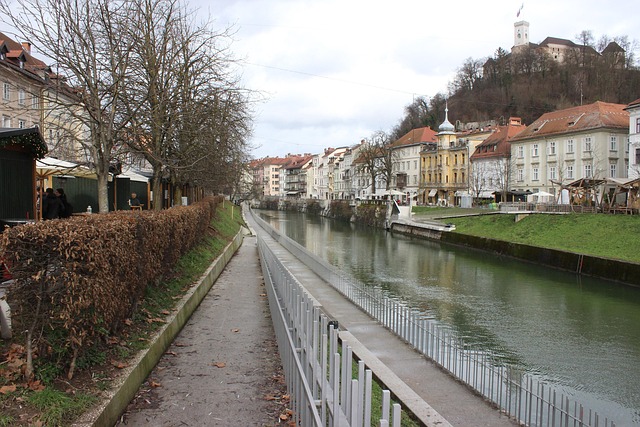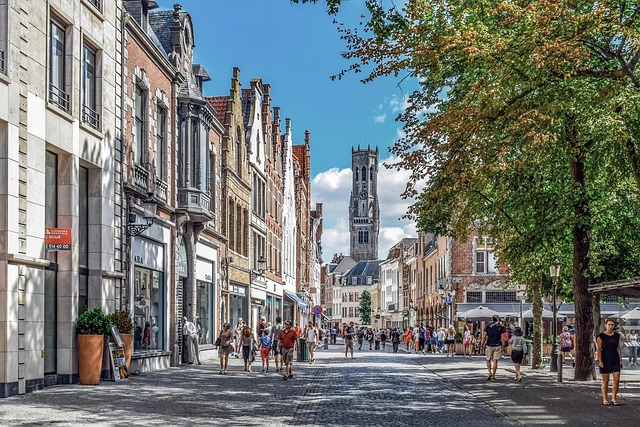Scheme 33 is a game-changing initiative transforming urban life in Karachi by simplifying society transfers, traffic management, and administrative processes through technology. This innovative program aims to enhance business operations, empower citizens with real-time tracking, and improve living conditions for low-income families. While facing complexities like land acquisition and displacement, successful execution could revolutionize urban development in Karachi, serving as a model for Pakistan's other bustling metropolises.
“Discover how Scheme 33 is transforming society transfer procedures in vibrant Karachi. This comprehensive guide delves into the intricate workings of a pioneering initiative that simplifies urban mobility. Understanding Scheme 33 offers a detailed overview, highlighting its pivotal role in facilitating efficient and accessible transfer processes within the bustling metropolis. By examining its impact, we uncover both the remarkable benefits and challenges, providing an insightful look at how this scheme is reshaping Karachi’s landscape.”
- Understanding Scheme 33: A Comprehensive Overview for Karachi Society
- How Scheme 33 Facilitates Transfer Procedures in Urban Settings
- Benefits and Challenges: Evaluating the Impact of Scheme 33 in Karachi's Context
Understanding Scheme 33: A Comprehensive Overview for Karachi Society

Scheme 33 is a transformative initiative designed to benefit the vibrant city of Karachi, offering a unique society transfer procedure. This comprehensive program aims to streamline and enhance the process for residents looking to relocate within the city. By implementing innovative strategies, Scheme 33 promises to make this transition easier and more accessible for all Karachis.
For those unfamiliar, Scheme 33 provides a transparent and efficient system, ensuring a seamless shift from one society to another. It caters to the diverse needs of Karachi’s inhabitants, addressing the challenges often associated with urban movement. With its well-structured approach, this scheme has the potential to revolutionize how communities in Karachi adapt and thrive in their new environments.
How Scheme 33 Facilitates Transfer Procedures in Urban Settings

Scheme 33 plays a pivotal role in streamlining transfer procedures within urban hubs like Karachi, Pakistan’s economic backbone. This innovative scheme leverages technology and streamlined processes to facilitate smooth movement of people and goods across the metropolis. By digitizing and centralizing data related to various permits, licenses, and documentation, Scheme 33 ensures efficiency and convenience for both residents and commercial entities.
In the bustling city of Karachi, where traffic congestion and administrative bottlenecks are common challenges, Scheme 33 offers a much-needed solution. It simplifies the often complex process of obtaining permissions for construction, events, and transportation, enabling businesses to operate more effectively. Additionally, it empowers citizens by providing real-time updates and transparent tracking of their applications, fostering trust and satisfaction in urban governance.
Benefits and Challenges: Evaluating the Impact of Scheme 33 in Karachi's Context

Scheme 33, a pioneering initiative aimed at urban renewal, has brought about significant transformations in Karachi’s social fabric. One of its key strengths lies in the improved living conditions it offers, particularly for low-income families. By facilitating society transfers, the scheme enables residents to move from congested and underdeveloped areas to better-planned neighborhoods, enhancing their access to essential services and infrastructure. This shift has the potential to reduce urban poverty, improve public health, and foster a sense of community.
However, implementing Scheme 33 in Karachi’s complex urban environment presents unique challenges. The process of identifying suitable transfer sites and allocating resources can be intricate due to the city’s rapid growth and diverse demographics. Moreover, ensuring that transferred societies are well-integrated into existing communities requires careful planning and social management. Challenges related to land acquisition, displacement of long-time residents, and maintaining cultural identity further complicate matters. Despite these hurdles, a successful execution of Scheme 33 could revolutionize urban living in Karachi, setting a benchmark for inclusive development across Pakistan’s bustling metropolis.
Scheme 33 has emerged as a transformative initiative for simplifying transfer procedures within the urban landscape of Karachi. By streamlining processes and leveraging technology, it enhances efficiency and accessibility, benefiting both residents and administrative bodies. However, challenges persist, demanding continuous evaluation and improvement to ensure its long-term success in addressing Karachi’s unique socio-spatial dynamics. Further research and community engagement are vital to unlocking Scheme 33’s full potential, fostering a more connected and manageable urban environment for the vibrant city of Karachi.
